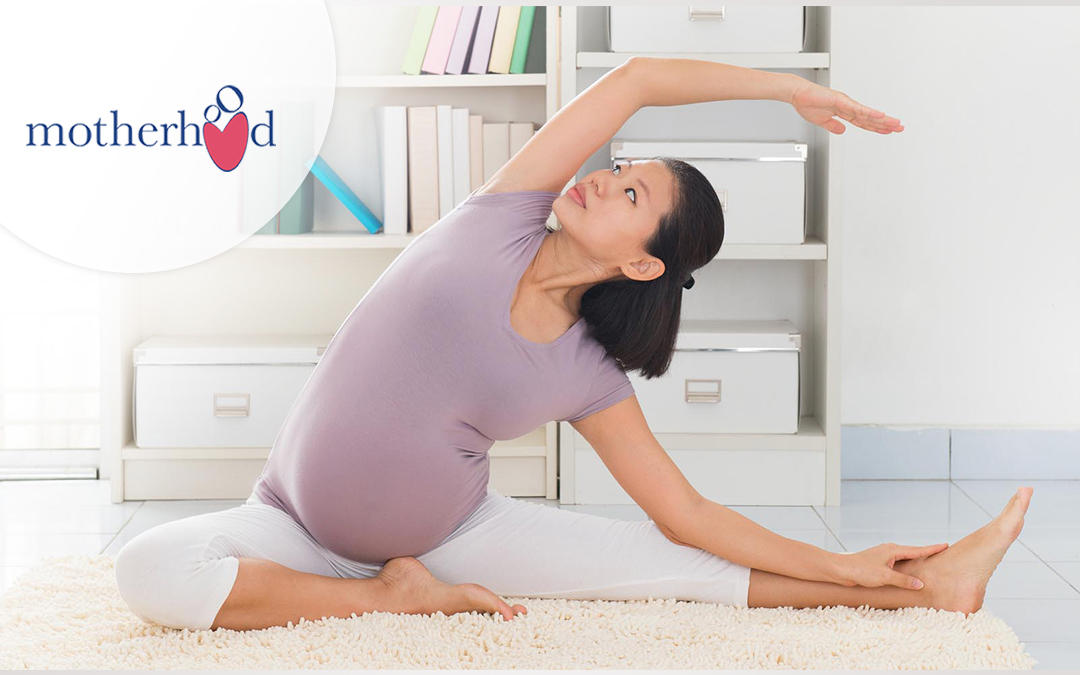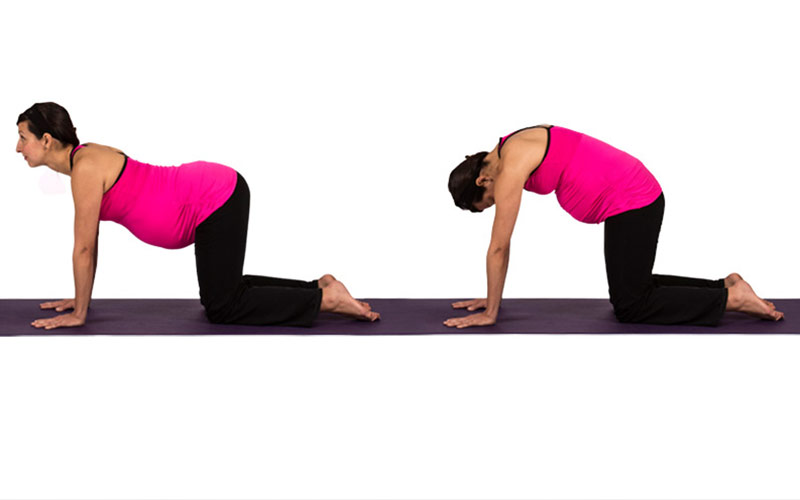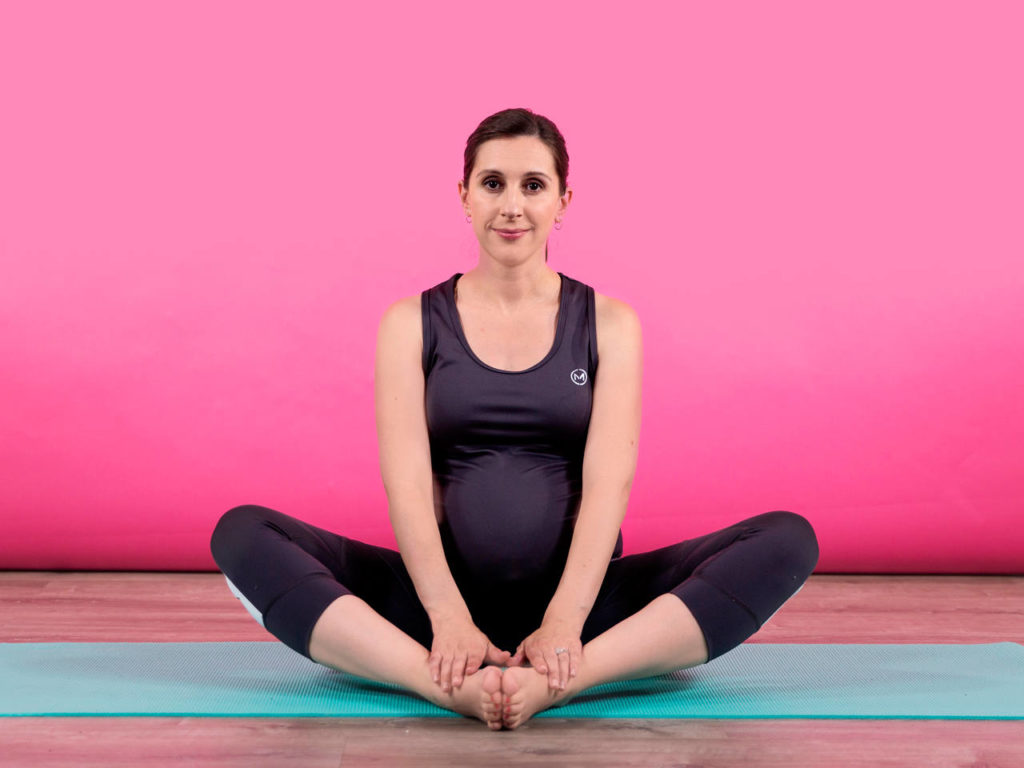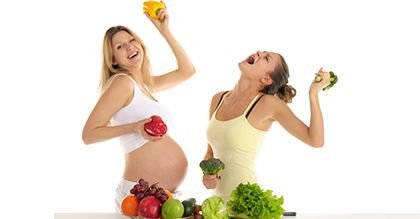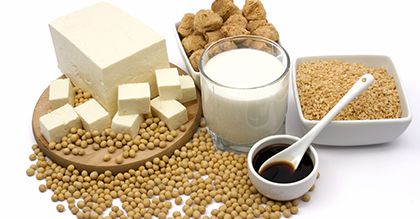Discipline and Freedom: What’s the correlation between these two powerful words? Discipline is taken up as a serious business by some parents, they curb their child’s freedom to choose or act. But as they say, freedom brings in opportunities to learn likewise disciplining needs to bring in the freedom to think and choose. Our goal as a parent is to teach the child all about inner discipline or ‘self-discipline (Thoughts, feelings and choices) which takes a while for the child to learn and absorb. This inner discipline comes from a high sense of principles or values, understanding and conscience rather than the use of punishment, which uses scale or stick, shame, humiliation or even isolation.
Self-discipline is internalizing responsible actions and respect for others, the environment, and oneself. Discipline shouldn’t be about forcing a child to do something against his or her will, scaring the child into compliance or causing physical or emotional pain. Instead, validate the child’s feelings, empathize with his or her experience or pain, remove the stressor, point out the needs and feelings of others, encourage restitutions, help the child brainstorm alternative forms of actions and allow freedom of choice.
It starts with parents feeling the lack of freedom, stressing and focusing more on the role they play. However, grandparents are a lot more relaxed and experimental.They enjoy freedom, explore and bond with children a lot more, because their focus is on relationship and not responsibilities. A child feels empowered when given a chance to explore, play and feel free An essential element to grow. Our nature wants us to be free, try everything, taste everything and do everything.
Need for a paradigm shift
Parents often see uncooperative behavior as a challenge to their authority. Once we understand that uncooperative behavior may be the communication of a child’s unmet need, a hurt or any unpleasant emotion or stress, then we do not have to take the behavior, personally. A child behaves in a certain way, either in a new situation or a recurring one, because he does not know the accepted way. Using commands and threats may work immediately, but sustainability comes when such situations are dealt with love, respect, compassion, freedom and positive reinforcements.
A child needs love the most, when we think he doesn’t deserve it.
Give your child the freedom to choose his outfit for the day, lunch for school, choose how to spend his time, play or do homework. Simple questions like these make a child feel important, involved and most importantly, valued. This freedom may require you to set limits, simple rules and directions towards acceptable and unacceptable behavior, as a family. Explain these to your child in a way that makes sense to him and most importantly benefits him, which is undoubtedly a skill for a parent to learn. Talking about positive and negative consequences helps the child connect his actions to the outcomes and eventually helps him understand the concept of cause and effect. He is then empowered to think through and predict the possible consequences before he acts.
You may have to set this new pattern, reinforce and remind your child till he is ready to accept it, with love being the key. This takes time, but the only way we learn to make responsible decisions is through practice, which comes with trial and error. And it is through freedom and practice that the child learns how to discipline himself and how to be a responsible person. He identifies feelings and develops his inner compass for what is right and wrong.
The idea is to help children develop a conscience through a strong, connected parent child relationship, allowing them to feel secured, confident and teaches them how to reconcile their mistakes. We teach best by being the example. Define love as a culture, use respect as a tool and hold compassion as the attitude to teach your child the essential lessons of behavior.


 Toll Free Number
Toll Free Number








